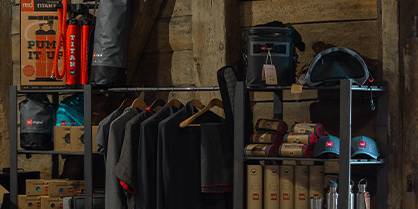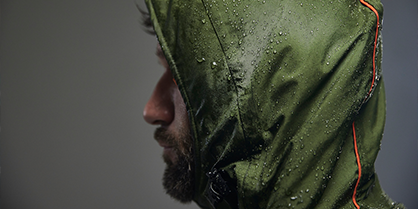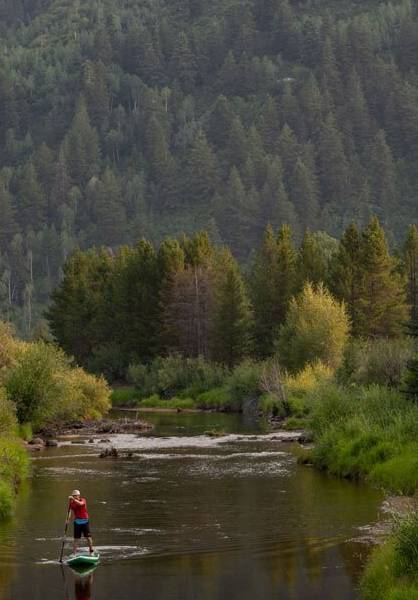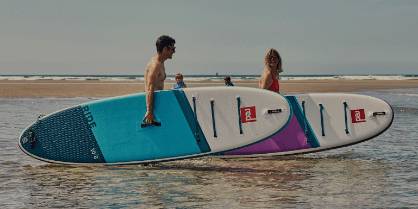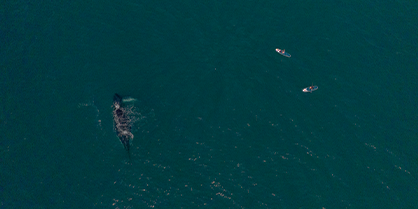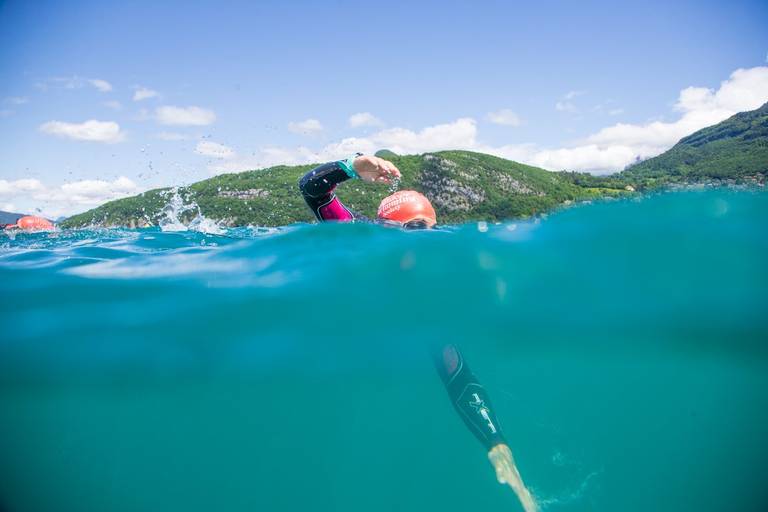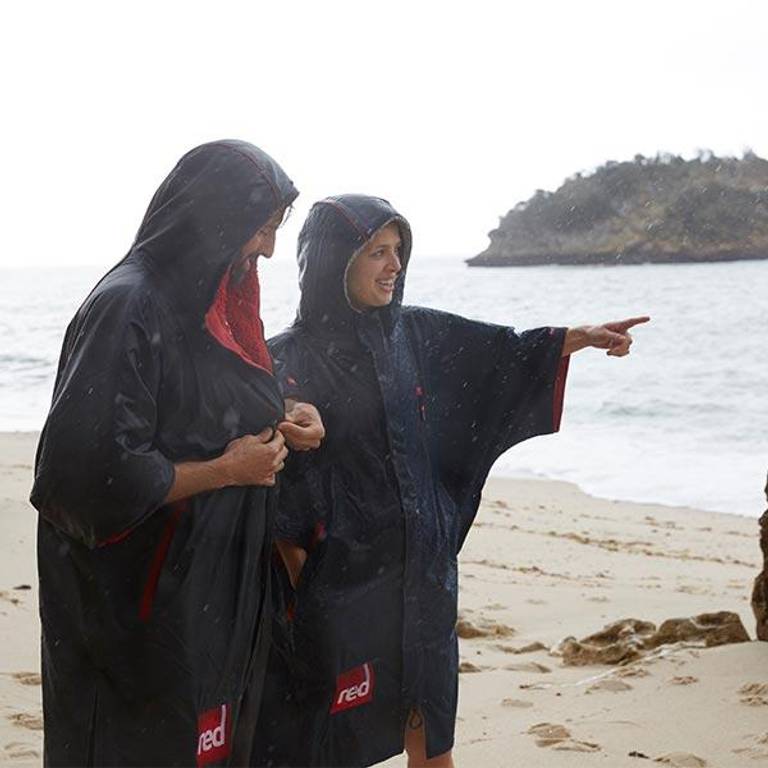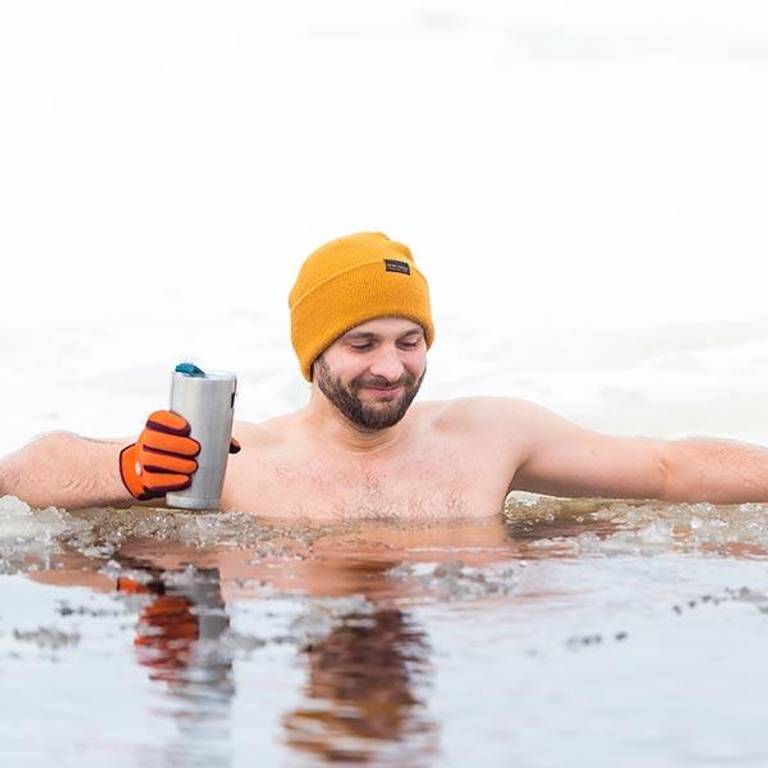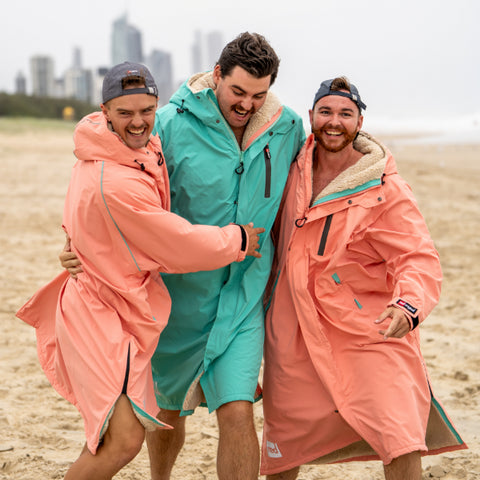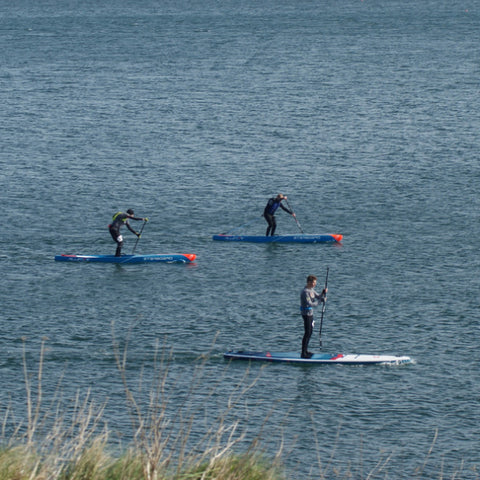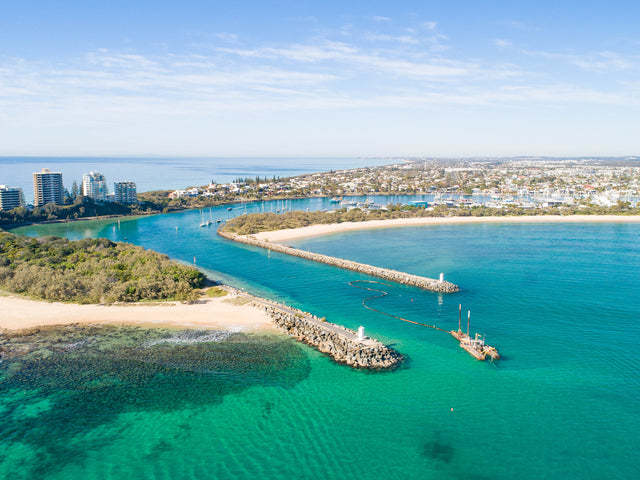
Open water swimming will always hold some level of risk, however swimming in the sea during the winter can come with its own dangers. Colder temperatures, more dangerous waves and currents, and a lack of lifeguards can all make open water swimming more risky in the winter. That’s why winter water safety is so important. Following the necessary winter water safety advice will allow you to head out for a safe and enjoyable swim. So, before you head out for your next trip, make sure to consider the following winter water safety tips:
Choose Your Location Wisely
The sea can be a lot rougher in winter, which is why it’s so important to choose a sensible spot to swim. It can be harder to find swimming spots where there are lifeguards present during the winter, and so if you’re heading somewhere without lifeguard cover, make sure to check your entry and exit points. Will you be able to climb out easily in case of an emergency or if conditions change? You should also check for any hazards you might need to be aware of, such as dangerous rocky areas.
Check The Weather Forecast & Tide Times
Planning and research play a key role in winter water safety. Before you head out to your chosen location, always make sure to check the weather forecast and sea conditions. You can check tide times for the UK on the Met Office website at the same time you’re checking the weather forecast. Educate yourself on how to spot a rip current, and if you’re ever in any doubt about the conditions, don’t go out.
Get The Right Gear
When it comes to winter water safety, we would always recommend wearing a wetsuit if you’re going cold water swimming, as well as wetsuit gloves and boots. This will help you stay warm and increase your buoyancy. In the event that you do get into trouble, this will help keep you buoyant until you can get to safety. Carry your phone in a waterproof pouch that will easily fit inside your tow float so that you can call 999 and ask for the coastguard in the event of an emergency.
Swim With A Mate
It’s much safer to swim with a mate, however, it’s also a lot more fun. It’s also a sensible idea to tell someone who is onshore where you are going and when you plan to be back. This means that they can call for help if you have not returned when you were expecting to. If you do change your plans, just remember to keep them updated so that they don’t panic unnecessarily.
Float To Live
In the event that you do run into trouble, don’t panic and try to stay calm. If you start to experience cold water shock, fight your instinct to swim and thrash around. Instead, float on your back until you can control your breathing and call for help. If you get tired when swimming, roll onto your back and use your tow float for support so that you can call for help.
Use a Tow Float
Another essential winter water safety tip for wild swimming is to use a tow float. This will make you more visible in the water, as well as act as an extra flotation aid should you start to get tired or find yourself in trouble. You can also wear a brightly coloured swimming cap to further increase your visibility.
Know Your Limits
Cold water can seriously impact your ability to swim and so don’t try and push yourself too hard. The colder it is, the less time you should spend in the water. Stay within your depths, swim parallel to the shore and keep an eye on your exit point as the wind can push you off course whilst you're swimming.
Acclimatise
When you go cold water swimming, it’s very important to enter the water slowly so that your body can get used to the cold. You should never jump straight in as this can cause cold water shock. Splashing cold water on your neck and face can help you to acclimatise, and try to avoid holding your breath for an extended period of time when you first enter the water.
Warm Up
Winter water safety isn’t just about preparation and your time in the water. It’s also important to keep yourself safe and healthy once you exit the water. When you come out of the water, you want to dry off quickly and get warm without heating your body up too quickly. Our Waterproof Pro Change Robe Evo is perfect for changing out of your wet kit and keeping yourself warm after a swim. A soft fleece moisture-wicking lining is complemented by a toggled hood and wind baffle to keep you warm, dry and protected from the elements.
NB: It is recommended that people with heart conditions or asthma do not attempt open water swimming at all.

